

Beating out other finalists First Office, Ultramodern, COBALT OFFICE and Frida Escobedo to win this year’s Young Architects Program, the Mexico City-based Escobedo Solíz Studio’s “Weaving the Courtyard” proposal is simple and relatively hands-off. With three previous built projects to their name (a pretty impressive count for a firm whose two partners are both still under thirty years old), what kind of practice is Escobedo Solíz becoming?
Formed by Lambent Pavel Escobedo Amaral and Andres Solíz Paz, both graduates in Architecture from the National Autonomous University of Mexico, the Studio has a strong relationship to Mexico and its home-city in particular. A duplex in Mexico City, a chapel and It is essential to truly experience and live in close proximity (or in) the site... to make an architecture that belongs to its place."community center at Zoh Laguna, and a research center in Metztitlán form the full extent of the firm’s built work, all in Mexico. Their website states, “It is essential to truly experience and live in close proximity (or in) the site as it provides solutions that, although intuitive, begin to make an architecture that belongs to its place.”
To get a closer reading on Escobedo Solíz's style, I reached out to have them describe their work themselves. Enjoy our interview below.
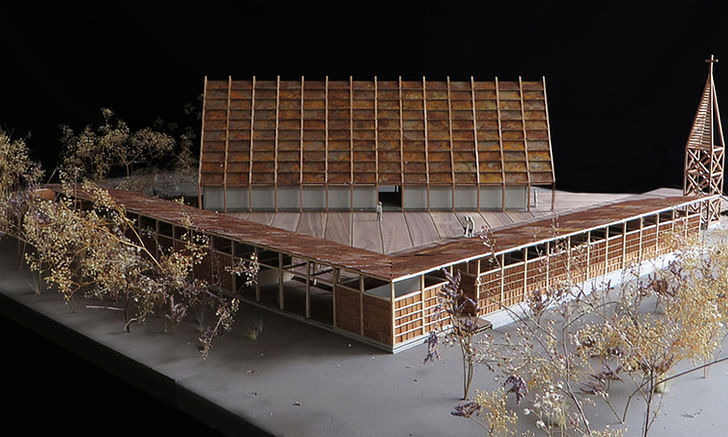
Why did you both decide to start Escobedo Solíz Studio?
We're like brothers and share our passion and ideologies on architecture. The circumstances told us: start.
How does your firm relate to Mexico City?
Mexico City is where we studied and started working. Curiously, many of our projects aren’t in Mexico City. Mexico City is definitely an overwhelming metropolis, with many possibilities to experiment new approaches on how to do architecture and urbanism for such an ever-changing environment.
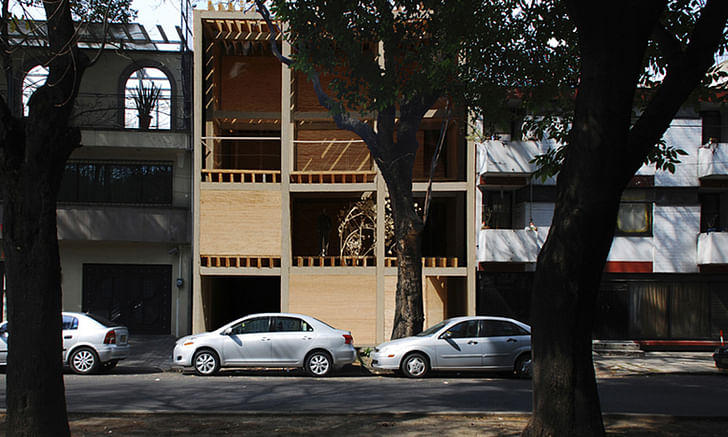
What kind of projects is your firm most concerned with?
All projects are opportunities, but there are ones that stimulate us greatly, projects that promote improvements in society and strengthen the spirit of humanity.
Is there a particular inspiration point behind the YAP-winning MoMA PS1 pavilion design?
We used the specific characteristics of the PS1's courtyards, like materials, constructive systems, nooks, we only acknowledged the powerful preexistence with simple actions that dialogue without disturbing the nature of the place and its events. Considering its immediate context, it was very important to think in create [sic] a surprise, a place to be discovered. We it was necessary to evoke simplicity, an intervention easy to make.worked with circumstances, time to produce a project, time to build it, how to build it, because of our condition living in Mexico, it was necessary to evoke simplicity, an intervention easy to make. But without losing sight of the ephemeral nature of the project and our aesthetic search.
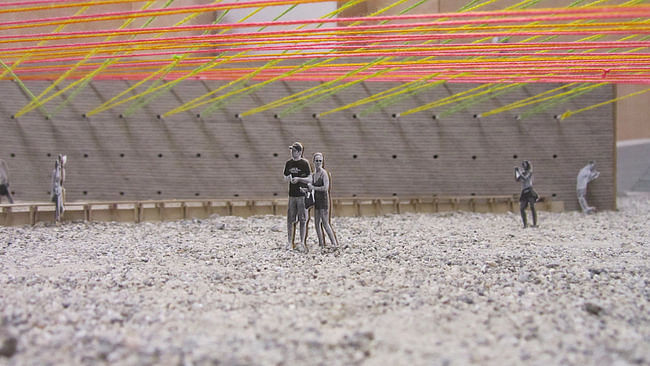

As a new firm, each project is a step towards defining yourself. What do you hope the PS1 pavilion will express about your firm?
The passion and commitment that we have with Architecture.
How do you want to be known in ten years?
We don't know, we prefer to focus on projects that ten years for now will survive the test of time and adapt well to their users through time.
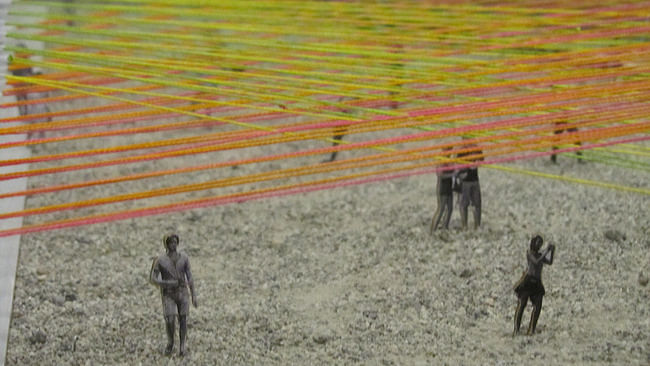
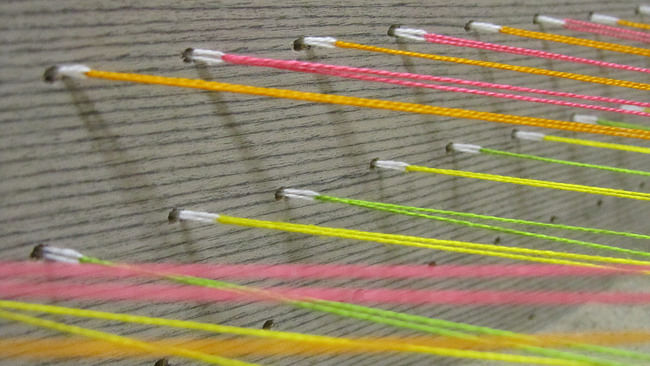
Name an ideal project that you'd like to work on.
An ideal project is one that allows you to live doing what you love.
What do you consider to be Escobedo Solíz Studio's specialty?
Escobedo Soliz Studio's specialty is work with preexisting circumstances, memory of places, social-tectonics and having a deep experimentation on materials, its structural capacities, constructive possibilities… Working with models, along the process, allows us to learn how to build, provide details, test materials, light experience. And most important it's an effective tool to communicate ideas.
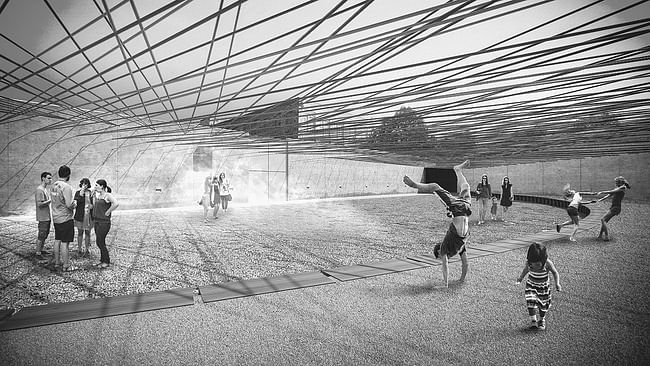
Former Managing Editor and Podcast Co-Producer for Archinect. I write, go to the movies, walk around and listen to the radio. My interests revolve around cognitive urban theory, psycholinguistics and food.Currently freelancing. Be in touch through longhyphen@gmail.com
2 Comments
Very excited about this up and coming firm. Sounds like they have the right commitment to craft and will be a nice change of pace from the usual.
Why do most of the good projects on Archinect not have comment sections? Maybe good architecture doesn't generate conversation? That seems to be THE major problem in design media: the worse the work/opinion, the more comments it generates, from Trump and beyond.
Block this user
Are you sure you want to block this user and hide all related comments throughout the site?
Archinect
This is your first comment on Archinect. Your comment will be visible once approved.